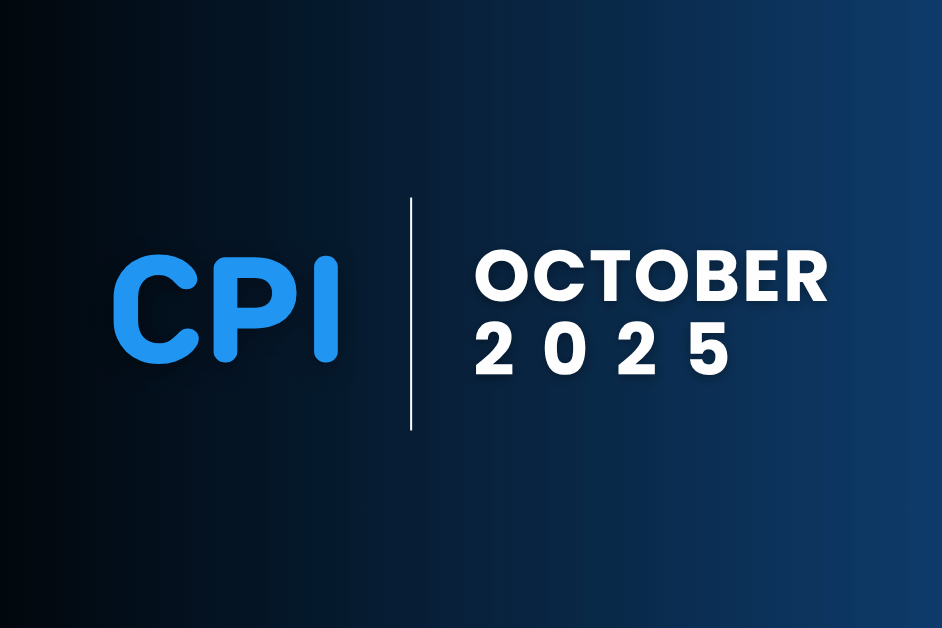If you’re coming from the world of research on consumer-packaged goods (also known as CPG—things like potato chips, diapers, or soap) into the world of consumer durables (things like refrigerators or mattresses), or vice-versa, it’s easy to assume you know what to expect. CPG and consumer durables may be fundamentally different things, but research is research, right? However, the differences between these categories of goods are vast enough that you’ll sometimes need to take a different tack to get to the information you want. There are some big implications for how research can be done and how much it will cost for each product category. It may seem obvious, but it can be easy to overlook things like the purchase cycle, purchase impact, and other important factors. Here are a few key differences to consider:
Longer Product Purchase Cycle:
CPG are bought frequently- often weekly or monthly (perhaps even more often). Consumer durables, on the other hand, may only be purchased every few years. If you’re planning a study that requires consumers who made a purchase recently, it’s far easier to find CPG customers than it is Consumer Durables customers. Finding those more difficult-to-reach durables customers that fit the criteria, might mean your study will spend longer in the field, and drive up the cost. Despite the increased difficulty, don’t cut corners – you’ll want to keep your research focused on recent or likely purchasers, regardless of the length of the purchase cycle.
Different Customer Path to Purchase:
Whereas a consumer might grab a bag of potato chips off the shelves of the grocery store in a hangry moment, odds are good that their choice in refrigerator or lawn mower is a little less impulsive. This adds different nuances to the kinds of questions you might ask a consumer about his or her purchases. For example, it makes sense to drill deep into the purchase process for their new lawnmower, but not for that bag of chips. On the other hand, for that bag of chips, you might need additional questions about what’s eye-catching to ensure it stands out in a grocery aisle.
More Involved Methodology:
Two of the more common tests for new products are in-home tests and central location tests. When testing CPG, it’s not difficult to send something like a new razor or a soft-drink to someone’s home for them to test. Putting a test mattress or clothes washer into someone’s home is more challenging, to put it lightly. Beyond access to the materials needing to be tested, there’s the matter of time. A quick taste test (like Pepsi’s famous Pepsi Challenge) to form a consumer’s opinion is easily done with CPG. It’s unreasonable—if not impossible—for consumers to form an opinion on something like how comfortable a mattress is in just a few minutes. Ideally, a consumer would need to sleep on a mattress the whole night, or even several nights. Central location tests help consumers form opinions on certain aspects of large, hard-to-evaluate products, where they can be hands-on with the product without having the product in their own home. But this still has some limitations. While testers can judge things like aesthetics, it’s hard to weigh in on a major appliance’s performance if testers can’t run a test load of laundry or put their own groceries into a fridge. If an evaluation of product interaction is essential and in-home testing is simply not a feasible option, the experience can be re-created at a central location. A refrigerator or clothes washer can be set up and consumers can be recruited to come and unload bags of groceries or do a load of laundry.
Longer Lead Times for Testing:
Depending on the complexity of the project, there can be significant lead-times on consumer durables projects. New prototypes must often be custom built, as there’s no manufacturer with an assembly line producing what’s needed. Lead time requirements for CPG are a bit different. While more time might be spent formulating new ideas, it typically doesn’t require a whole new assembly line to be built just to add a new flavor to chips. This allows for a more flexible timetable for CPG testing. There’s less time between when an idea is brainstormed to when a testable product can be put into a consumer’s hand. You’ll find it beneficial to plan our consumer durables research well in advance, working closely with engineering and design.
Logistic Considerations for Products:
As we mentioned previously, it can be difficult to get bulky consumer durables to people for hands-on testing. Due to the size of things like mattresses or refrigerators, there’s an added layer of logistical considerations that CPG doesn’t face. Large consumer durables take time and money to ship to the appropriate place, whether that location is a consumer’s home or a central testing facility. If a central location is being used, it must have adequate space to accommodate multiple large prototypes.
Many standard focus group facilities may not have rooms large enough and other types of locations (i.e. hotel conference rooms) may need to be considered. Once on site, final delivery of the prototypes also will likely require extra time (it’s not easy moving 6 refrigerators) and special arrangements. For example, you’ll need to consider:
- Does delivery need to be after hours?
- If needed, what elevator is available? (The main one may not be suitable)
- Is there a place to park the delivery truck? (Not a given in large metropolitan areas.)
Next, there are additional time considerations to account for when it comes to set-up. Additionally, it’s usually a good idea to have someone on call who can help with any troubleshooting needs that might arise as consumers interact with prototypes.
All these considerations can be handled by a well-prepared research team. We’ve discussed how to choose research providers that fit your needs, as well as how to have open lines of communication with your research providers before. Finding a research provider who’s familiar with the kinds of product testing you need will help you avoid potential pitfalls as you progress. Some teams, like the one assembled by The Stevenson Company, have experience with both CPG and Consumer Durables, and can help you test everything from the box of frozen pizza to the oven where that pizza will be cooked and the kitchen table where it will be eaten.
Related blogs
Prime Day 2025 for Durables: Shopper Intent, Promotions & Where to Focus
Prime Day 2025 broke the mold. For the first time, Prime Day ran four full days, spanning July 8–11, twice the usual length, and emerged as Amazon’s…
Related blogs
Consumer Price Index: Durable and Personal Goods | November 2025
This is the December 2025 release of the OpenBrand Consumer Price Index (CPI) – Durable and…
Consumer Price Index: Durable and Personal Goods | October 2025
This is the November 2025 release of the OpenBrand Consumer Price Index (CPI) – Durable and…
Consumer Price Index: Durable and Personal Goods | September 2025
This is the October 2025 release of the OpenBrand Consumer Price Index (CPI) – Durable and…
Consumer Price Index: Durable and Personal Goods | August 2025
This is the September 2025 release of the OpenBrand Consumer Price Index (CPI) – Durable and…





